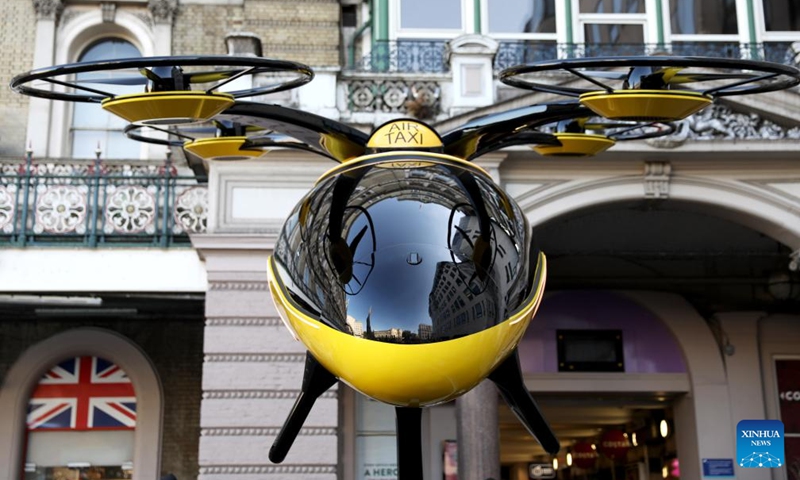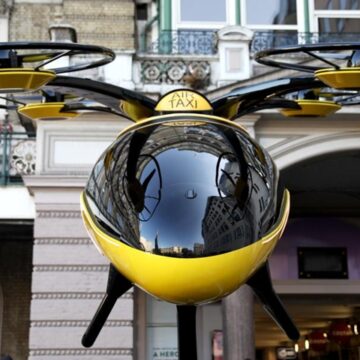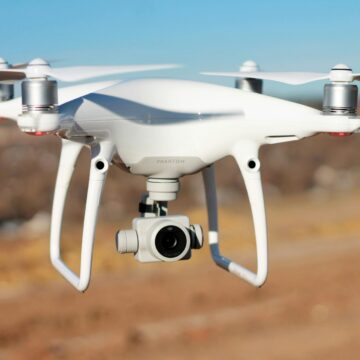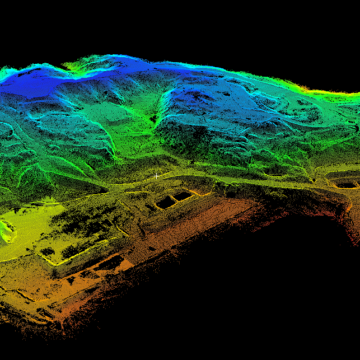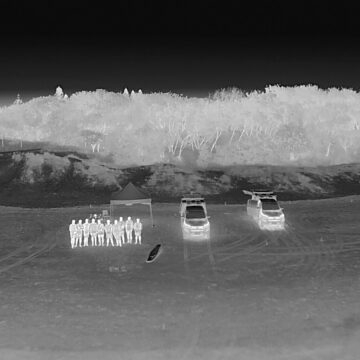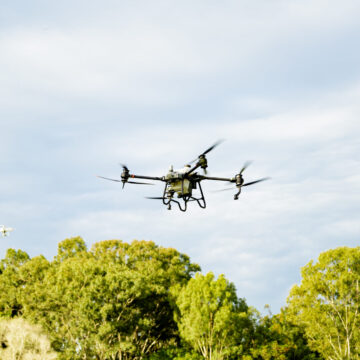For decades, flying cars have captivated our imaginations, appearing in futuristic movies and inspiring visions of a world where traffic jams are a thing of the past. The concept of Advanced air mobility (AAM) has long felt like a distant dream, yet it’s rapidly becoming a reality.
The transportation landscape is on the brink of a significant transformation, thanks to the rise of taxi drones. These innovations promise to revolutionise how we navigate our cities, offering faster, more efficient alternatives to traditional ground transport. As urban populations grow and congestion worsens, the urgency for alternative transport solutions becomes increasingly evident.
This blog post will explore the future of taxi drones, recent developments in Australia, and exciting news from around the world. In just a couple of years, we could see the introduction of flying taxis transforming the way we navigate our cities. Our skies may soon be buzzing with a new mode of transportation.
The Future of Urban Air Mobility
Urban air mobility refers to the use of air transportation systems within urban environments to facilitate the movement of people and goods. Advanced air mobility (AAM) is the term used to describe an evolving aviation transport ecosystem, based on new and emerging aircraft types. This innovative mode of transport is not just a futuristic concept; it is quickly becoming a reality. Taxi drones, also known as passenger drones, are at the forefront of this revolution, offering a solution to alleviate traffic congestion while providing a faster mode of transport.

Potential Benefits of Urban Air Mobility
The advantages of urban air mobility extend far beyond mere convenience. Here are some key benefits:
Latest Developments in Australia
Australia is poised to become a leader in urban air mobility, with exciting developments already in the pipeline.
Concept Designs for Vertiports
The Civil Aviation Safety Authority (CASA) of Australia has unveiled a crucial resource: the Guide to Vertiport Designs. This guide is aimed at various stakeholders, including:
- Designers, Constructors, and Operators of vertiports
- Planning Authorities
- Aerodrome Operators
- Operators and Manufacturers of VTOL-Capable Aircraft
This comprehensive document serves as a foundational resource for the initial planning and design of vertiports specifically intended for Vertical Take-Off and Landing (VTOL) aircraft. It focuses on operations conducted with a pilot onboard in visual flight conditions.
Vertiports are essential components of the Advanced Air Mobility (AAM) ecosystem, facilitating the efficient movement of people and goods in urban environments. As the demand for urban air travel increases, the importance of well-designed vertiports becomes increasingly apparent.
Marking a commitment to advanced air mobility in Australia, according to Skyportz's chief. “This will give the industry an opportunity to demonstrate to the community that a vertiport may be more desirable than a heliport,” said Newton-Brown. “If communities are going to accept AAM as an industry, then gaining this ‘social licence’ is vitally important.”
With the guidance for vertiports clearly excluding the use of helicopters, local councils and communities may be more accepting of AAM in their areas.
CASA's Current Stance on Urban Mobility
The Civil Aviation Safety Authority (CASA) plays a critical role in the development of urban air mobility in Australia. Currently, CASA is evaluating the regulatory framework needed to support the safe integration of taxi drones into Australian airspace. Their focus is on ensuring that these new vehicles comply with existing safety standards while also adapting regulations to address the unique challenges posed by urban operations.
CASA has already outlined some initial guidelines that will govern the operation of taxi drones. These include requirements for pilot certification, vehicle safety, and operational protocols. As the technology matures, CASA will continue to update these regulations to ensure a safe and efficient urban air mobility system.
Taxi Drones Around the World
Australia is not alone in its pursuit of urban air mobility. Globally, cities are exploring the possibilities offered by taxi drones. In London, for instance, plans for new flying vehicles are already underway, with the goal of having the first flying taxi operational by 2026. This initiative involves partnerships between technology companies, aviation regulators, and local governments, highlighting the collaborative efforts needed to bring this vision to life.
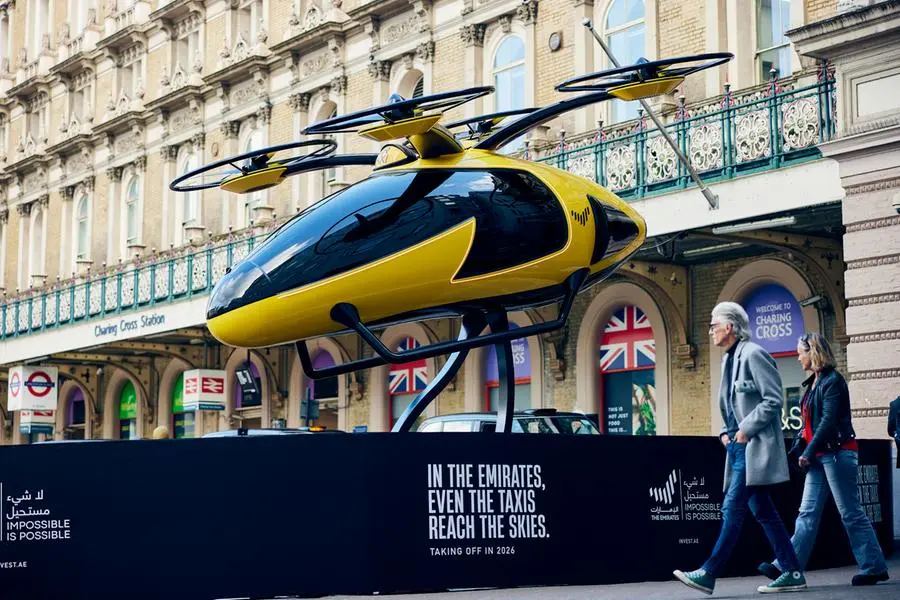
In the UAE & America, companies like Joby Aviation and Archer are making significant strides in developing electric vertical take-off and landing (eVTOL) aircraft designed for urban environments. The goal is to transform transportation by providing passengers with a quick and convenient way to soar above traffic jams. The company aims to establish a global network that supports thousands of its aircraft, with pricing structures that will ultimately compete with traditional ground taxi services.
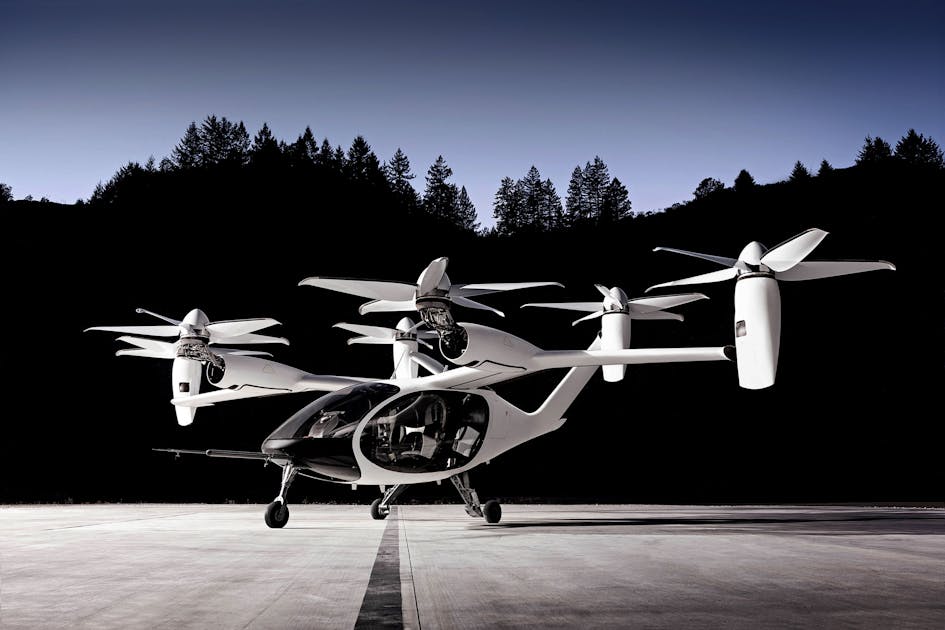

Conclusion
The rise of taxi drones marks a pivotal moment in the evolution of urban transport. With major developments on the horizon in Australia and around the globe, the future of urban air mobility looks promising. As cities increasingly turn to aerial solutions to combat congestion and improve transportation efficiency, the benefits of urban air mobility will become increasingly clear.
With initiatives paving the way for urban air mobility and exciting plans for vertiports, the opportunity to take to the skies is within reach. Embrace this innovative sector and prepare for a future where taxi drones redefine urban transport!
Get in touch with our team today to explore your dreams of becoming a drone pilot! Whether you're looking to start a new career, enhance your skills, or simply pursue a passion for flying, we're here to help you navigate the journey. Let’s chat about your goals and how we can support you in achieving them!
